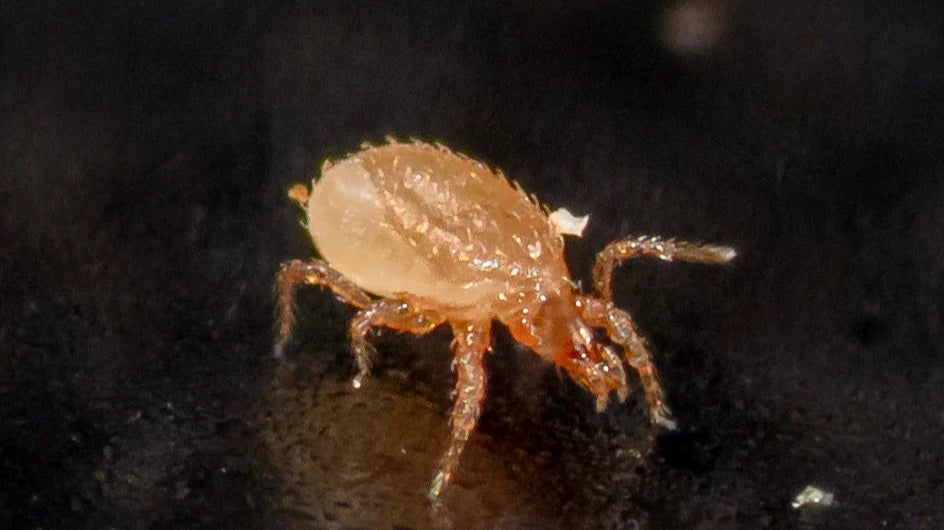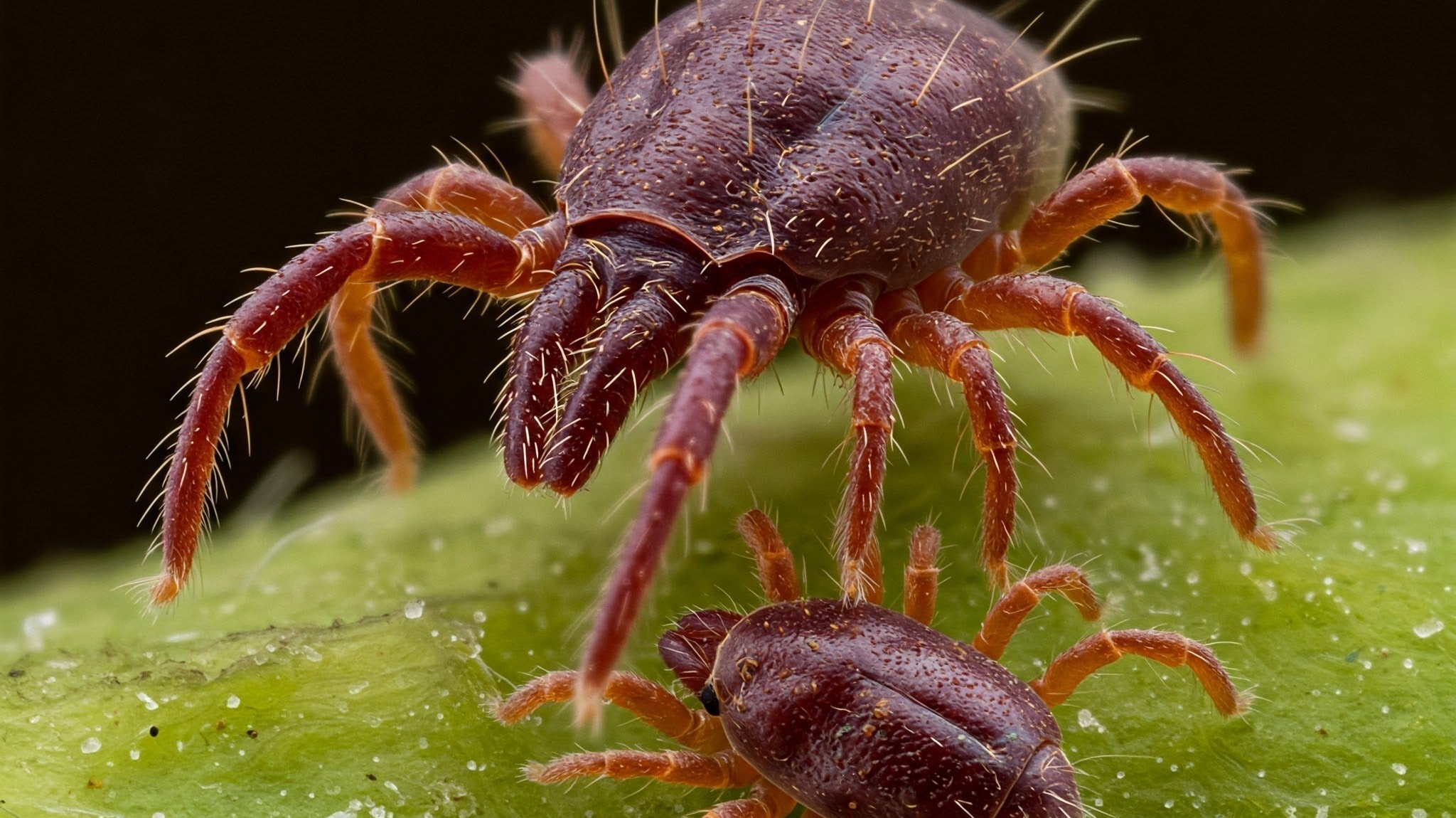Green Lacewing Eggs
Quiet Hatch. Big Appetite. Reliable Results.
If you’re looking for a long-term, chemical-free way to knock out aphids, thrips, mealybugs, and more—this is it.
Green Lacewing Eggs are a clean, consistent biological control solution that hatch into fierce little predators. Within 2–7 days, each egg becomes a lacewing larva—nicknamed “aphid lions” for good reason. Once they hatch, they feed nonstop for 2–4 weeks, hunting down soft-bodied pests wherever they hide.
Use them as a preventative layer or as part of an active IPM strategy. These eggs perform best in warm, semi-humid environments (60–95°F) and work beautifully in greenhouses, gardens, orchards, and vineyards.
What They Target
-
Aphids
-
Mealybugs
-
Spider mites
-
Thrips
-
Whiteflies
-
Soft-bodied larvae and eggs of many other pests
Why Lacewing Eggs?
-
Continuous control. Larvae hatch over time, providing extended suppression.
-
Chemical-free. No sprays, no residues, no resistance.
-
Multi-environment use. Great for large outdoor spaces or tight indoor grow zones.
-
Sustainable option. Builds long-term balance in your pest management system.
How They Work
-
Eggs hatch in 2–7 days, depending on temperature
-
Larvae immediately begin feeding and will hunt for 2–4 weeks
-
Adults follow, laying up to 200 new eggs near future pest zones
-
Best performance at 60–95°F, moderate humidity
How Much Do You Need?
-
Preventative: 1 egg per sq. ft. monthly
-
Active infestations: 1 egg per 3 sq. ft. weekly
-
Large-scale: 5,000–10,000 eggs per acre, adjusted based on pest monitoring
How to Apply
Choose your format:
-
Eggs in rice hulls:
-
Spread into included hanging release boxes
-
Hang boxes near pest activity, out of direct sun
-
Box count:
-
1K–2.5K = 5 boxes
-
5K = 10 boxes
-
10K = 15 boxes
-
-
-
Eggs on hanging cards:
-
Hang cards directly near pest colonies for pinpoint release
-
Pro Tips
-
Introduce early for best results—don’t wait for pests to explode
-
Skip the pesticides before and after release—residue kills eggs and larvae
-
Add a protein supplement (like Good Bug Diet) to boost survival and impact
Shipping & Storage
-
Use immediately, or store at 50–60°F for up to 14 days
Too Many Options?
We get it. Try our mite/insect matchmaking quiz and instantly get matched to the solutions you may need.
Mite Matters
Optimizing Pest Management in Cannabis Flowering Using Predatory Mites
How to Treat Snake Mites Naturally with Predatory Mites
The Beginner's Guide to Predatory Mites
Predatory mites are the unsung heroes of plant care, working behind the scenes to protect your plants from destructive pests. Unlike chemical treatments, they offer a natural, self-sustaining solution that requires minimal effort on your part. Whether you’re preventing an infestation or fighting off an active one, these microscopic allies get the job done efficiently and effectively.











